17 photos of animals that prove there's nothing natural about traditional gender roles
These animals demonstrate the greatness of nature and its stubborn unwillingness to conform to human expectations for the way things "should be."
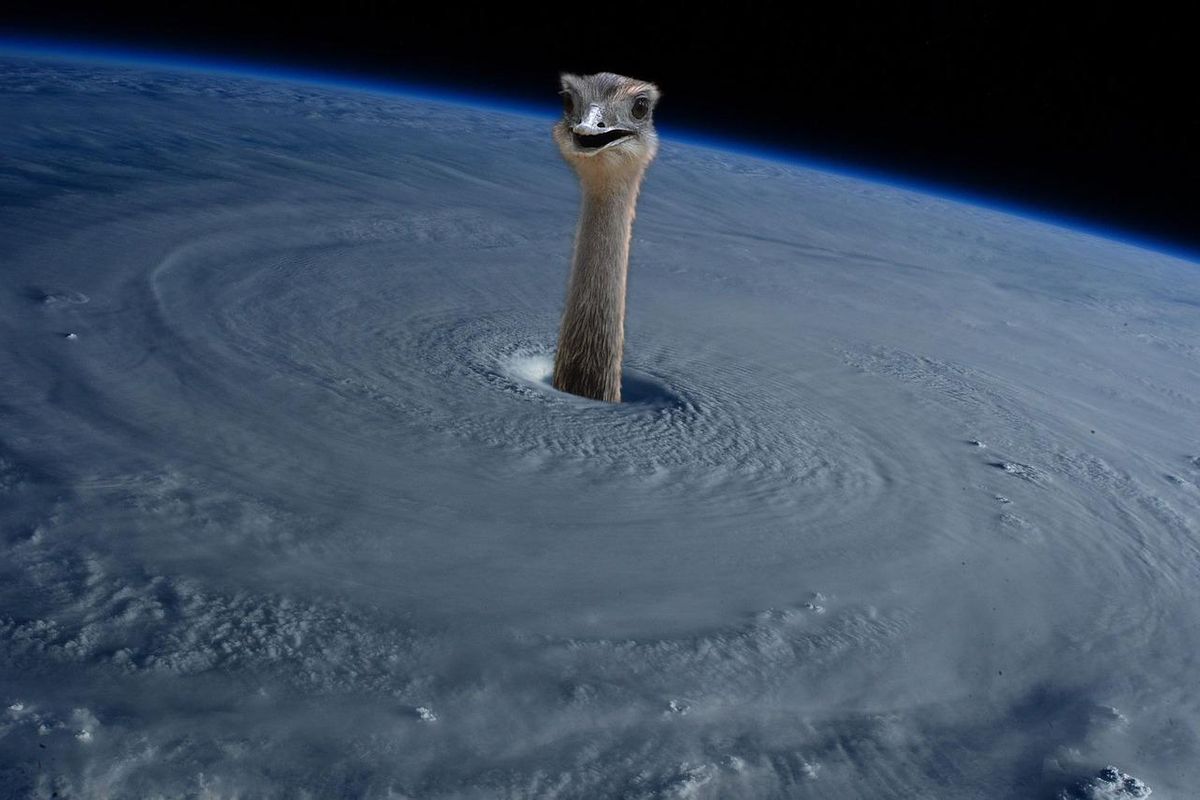
We have our eyes on you too.
Traditional gender roles are "natural," goes the common refrain.
Heterosexuality? That's natural too, apparently. Staying one gender your whole life? Definitely natural.
There's only one problem: Nature (and science) beg to disagree.
In reality, male and female animals set up their relationships thousands of different ways in the wild. In many species, males are the primary caretakers of the next generation while females ignore their offspring and mate promiscuously. Even the existence of "male" and "female" as distinct categories is often not so clear in certain species.
Some animals have the ability to change sex to respond to various outside pressures and conditions.
A few can even mate with themselves.
Here are 17 animals that demonstrate the greatness of nature and its stubborn unwillingness to conform to human expectations for the way things "should be."
1. Jacanas
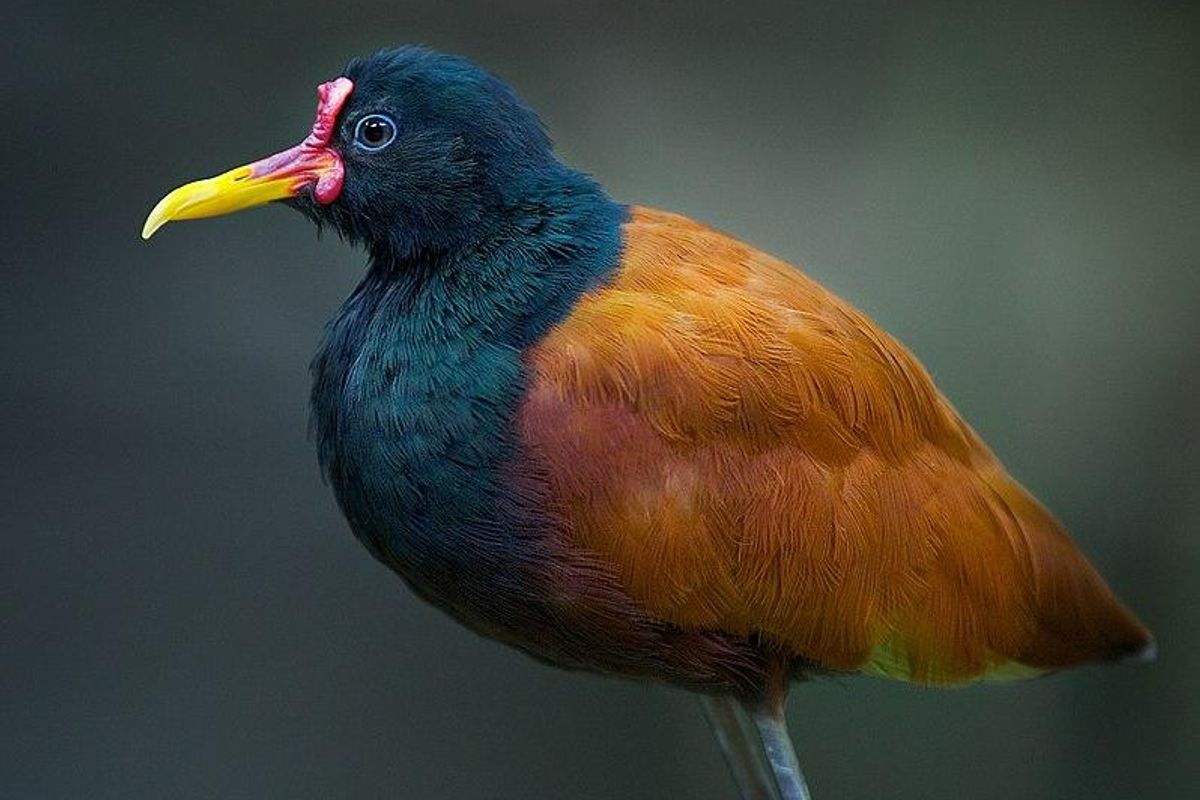
"Mom went out for a pack of cigarettes and never came back."
Photo by Ozan Kill
Ask any tropical bird out there, and they'll tell you that male jacanas are pretty much the best dads of the bunch. Not only do male jacanas stick around the nest to incubate the eggs and raise their offspring, they even carry them under-wing when they fly.
Meanwhile, female jacanas are ... not exactly super nurturing. After gathering up a harem of nearly half a dozen males and laying her eggs, the female jacana splits in order to fly around, murder the young of rival females, and mate with their former partners.
This is considered charming.
2. Clown fish

Clown fish were invented by Disney/Pixar in 2003.
Photo by Rachel Hisko on UnsplashLike many species of reef fish, clown fish can, and frequently do, change sex. Unlike most species of reef fish however, all clown fish are born male and are led (in familial groups) by a dominant female.
When she dies, the next-biggest male simply ... becomes female and takes charge of the group.
What you just heard was the sound of a billion other species slapping themselves on the forehead at the same time, wondering why they didn't think of that, realizing it's now too late and that now they'd just be, like, hopping on the trend.
3. African buffalo
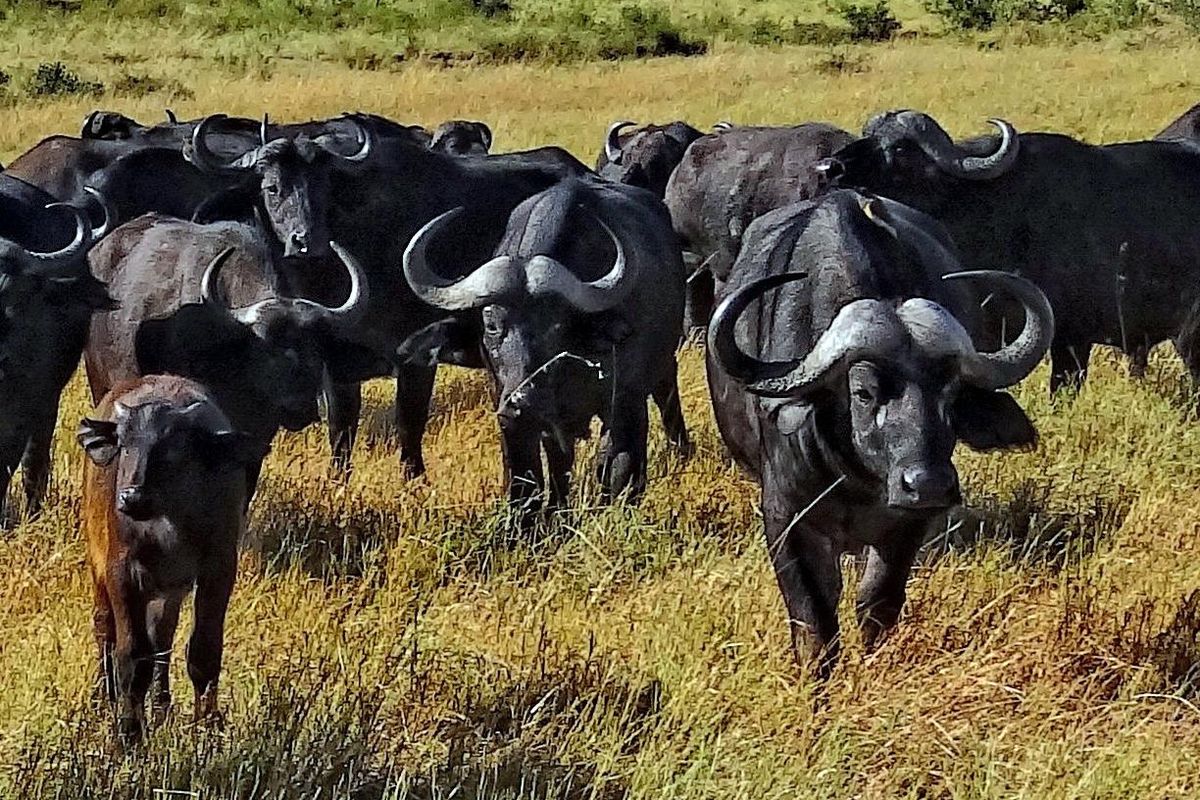
Everyone is getting out there for an afternoon stroll.
Photo by Soerfm/Wikimedia Commons.
Not only are female buffalos are responsible for coordinating the movements of the entire herd — they do it democratically. When it's time to find a new grazing spot, each female takes a turn standing up and gazing in the direction they want to travel, and when they're done, the whole group moves that way.
While status hierarchies exist within herds, the elections are equitable — one cow, one vote.
Change You Can Moo-Lieve in. Make the Grasslands Great Again.
4. Bees
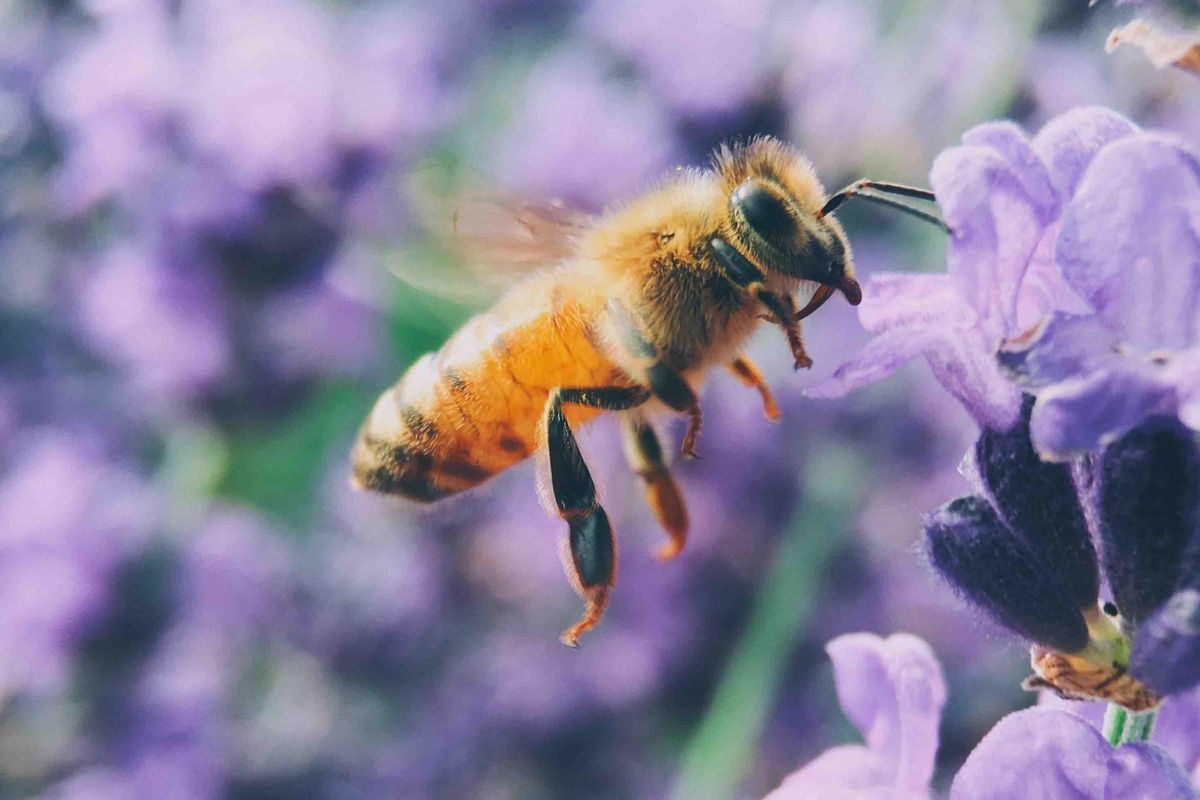
"Aaaaaaagh! Aaaaaagh! Aaaaaagh!" — Nicholas Cage.
Photo by Aaron Burden on UnsplashBees famously take the matriarchy to the extreme. A single queen bee oversees thousands of smaller female workers and male drones.
While most bees live, at most, a few weeks, the queen typically survives several years before the hive goes looking for a new queen to start the cycle over again. All to advance the species-wide goal of refusing to fly out of your car even though all four windows are down.
5. Komodo dragons
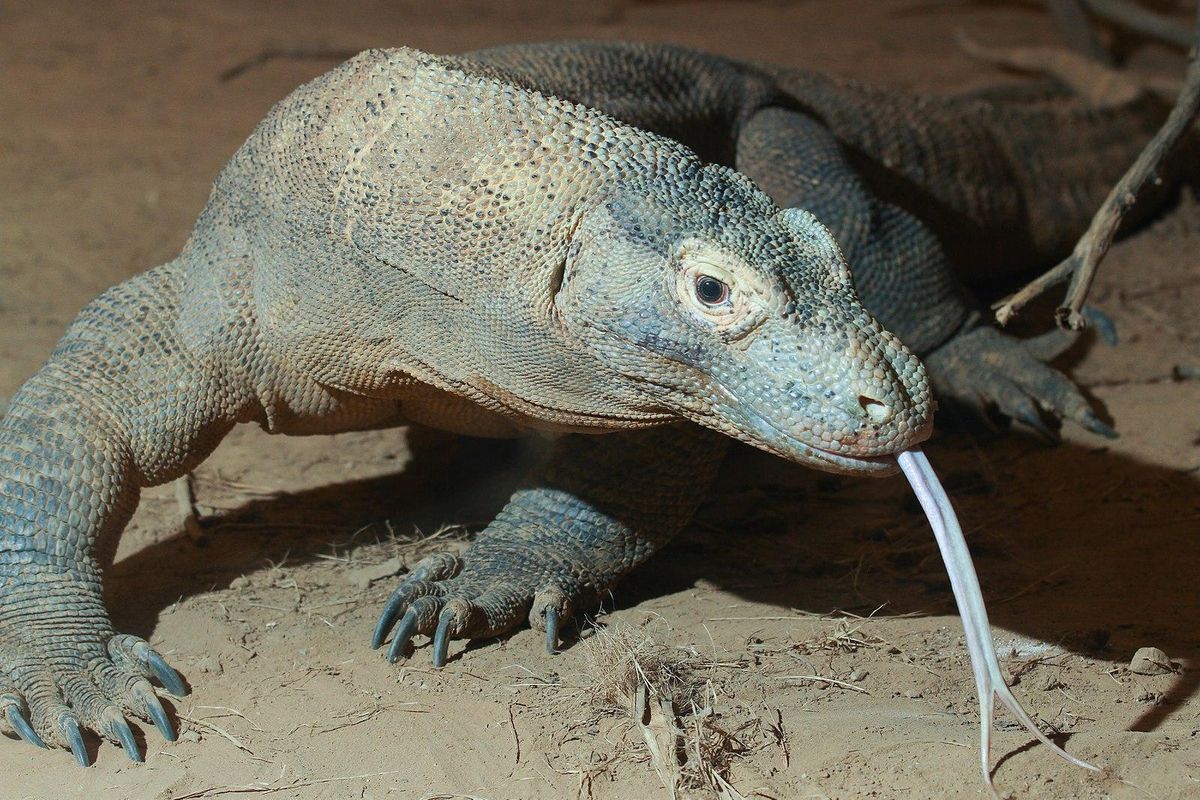
Party out with your tongue out... alone even.
Photo by Mark Dumont/Wikimedia Commons.
Female komodo dragons can lay viable eggs that produce offspring without a male partner, which pretty much explains why komodo dragon Tinder never truly caught on.
6. Praying mantises

Not as romantic as it looks.
Photo by Oliver Koemmerling/Wikimedia Commons.
Mantis males are often smaller than mantis females, a discrepancy that leaves many males feeling insecure, as it enables females to frequently — though not always — eat their heads during sex.
7. Common reed frogs

So many choices for the day ahead.
Photo by ChriKo/Wikimedia Commons.
These tiny, resilient amphibians can change sex from female to male, allowing them to successfully reproduce if they suddenly find themselves surrounded by frogs of the same sex.
This ability makes them one of the most successful species on Earth at inspiring anxious Sam Neil monologues.
8. South American marmosets

"Hey, pa? You ... you wanna ... play catch?"
Photo by Maxim Bilovitskiy/https://en.wikipedia.org/wiki/en:Creative_Commons.
Female marmosets tend not to be terribly interested in their babies. A few weeks after giving birth, they're mostly out of their kids' lives forever.
Marmoset dads, on the other hand, are excellent caretakers, feeding, grooming, and transporting their young as well as coaching Marmoset Little League and always batting their kid cleanup.
9. Spotted hyenas

Someone has to lead this party.
Photo via Pixabay.
Not only are female hyenas stronger and more aggressive than males, male and female hyena genitals are nearly identical in appearance. They're so similar that it's extremely difficult to tell the difference with the naked eye, which ultimately doomed the '70s game show "What Sex is That Hyena?" to cancellation after just half a season.
10. Seahorses
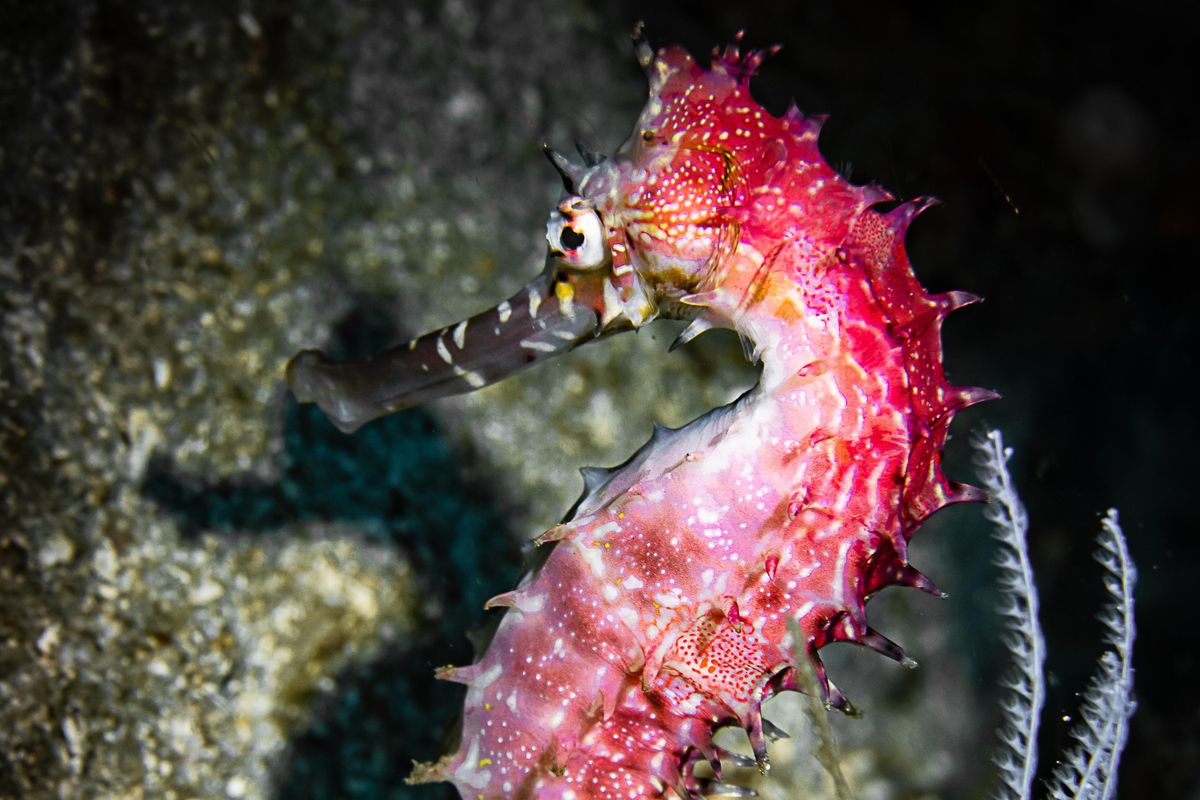
"OK, so. I need a really big favor."
Photo by Mikhail Preobrazhenskiy on UnsplashWhile males of numerous species nurture their offspring, the male seahorse takes things several steps further. During the mating process, he receives eggs from the female and not only fertilizes them, but carries the offspring until they hatch.
A recent poll of male seahorses found that an overwhelming majority experience a secret surge of satisfaction when their partners get kidney stones.
11. Cuttlefish
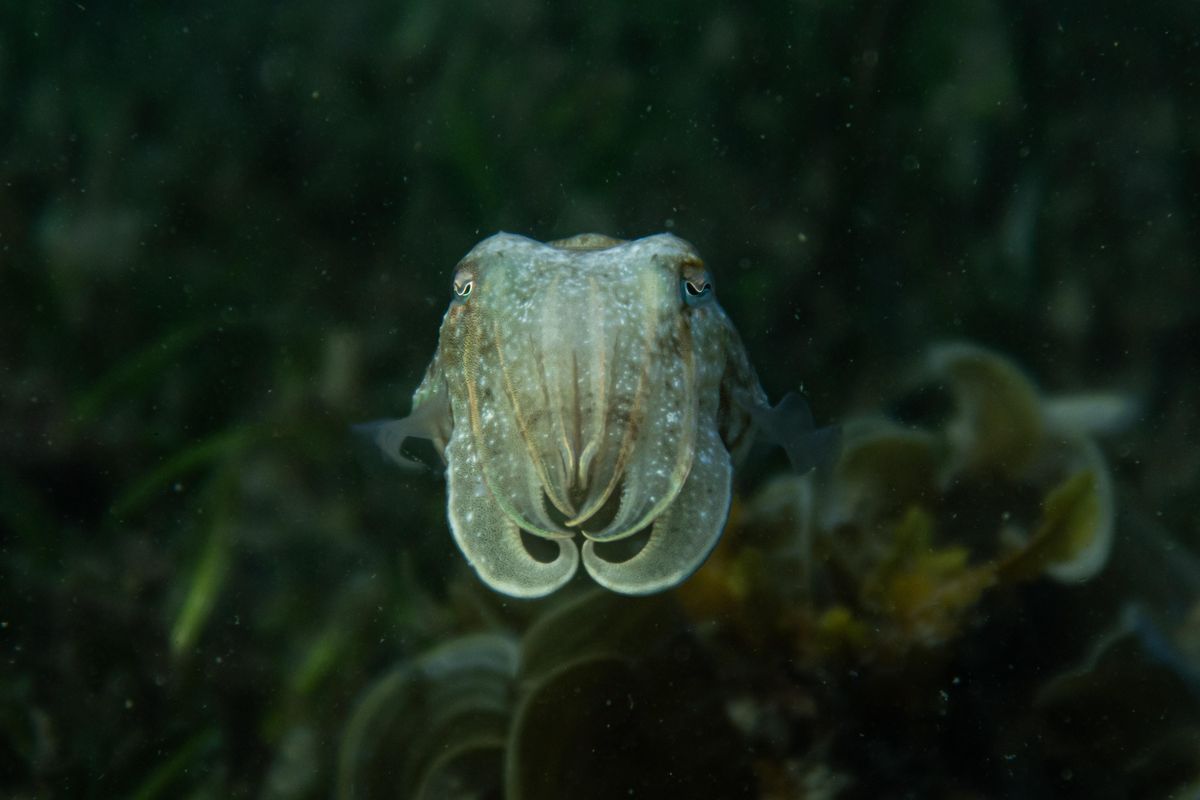
Blumph.
Photo by Michal B. on UnsplashUnlike middle school boys across America, male cuttlefish don't have a lot of hang-ups about appearing feminine to their peers. Masters of camouflage, these future delicious fried antipasto will often alter their coloration in order to pass for female around rival males.
If an actual female is around, they'll leave the other half of their body as is, appearing half male and half female.
12. Topi antelopes
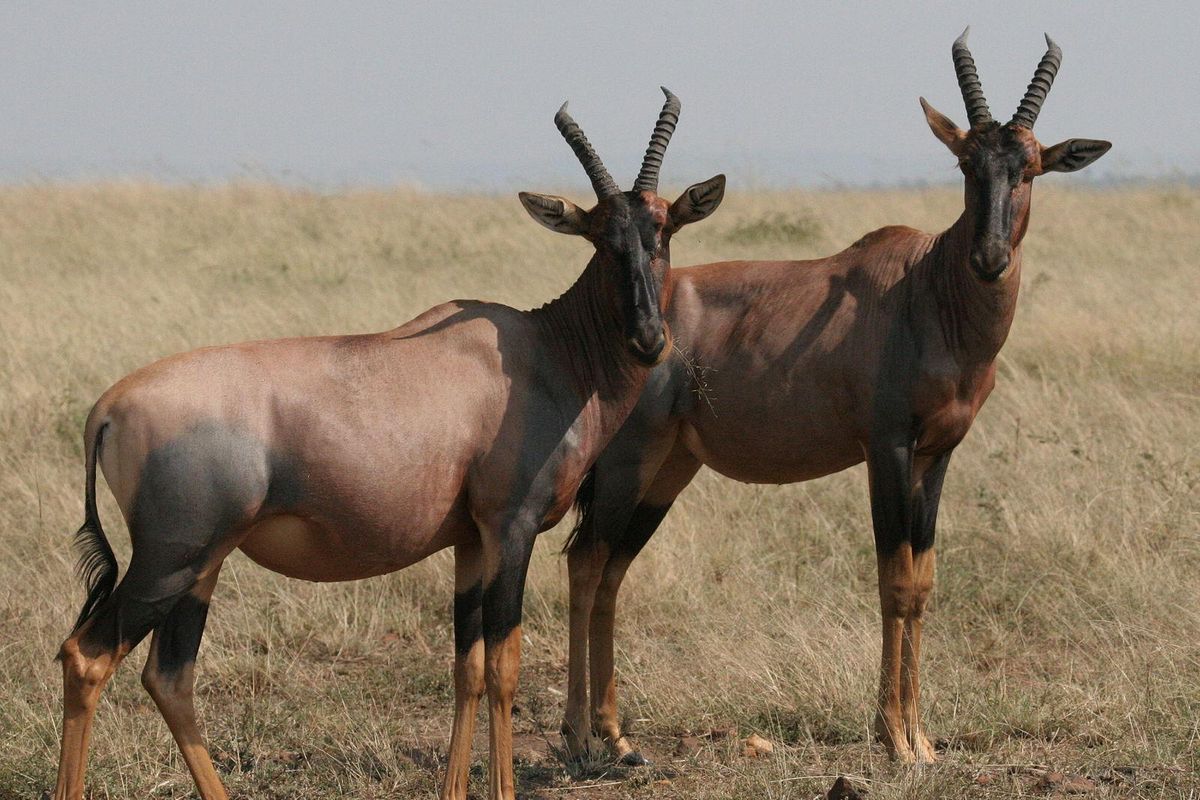
Oh hey.
Photo by Whit Welles/Wikimedia Commons.
Female topi antelopes are not only sexually promiscuous, but when it's time to mate, they almost always make the first move. In some cases, female topis pester male antelopes for sex so relentlessly that the male has to physically fight them off. (Cue dozens of Facebook commenters yelling at male antelopes for complaining about something that's "obviously awesome" and insisting they're lucky and should "just be grateful for the attention.")
13. Laysan albatrosses
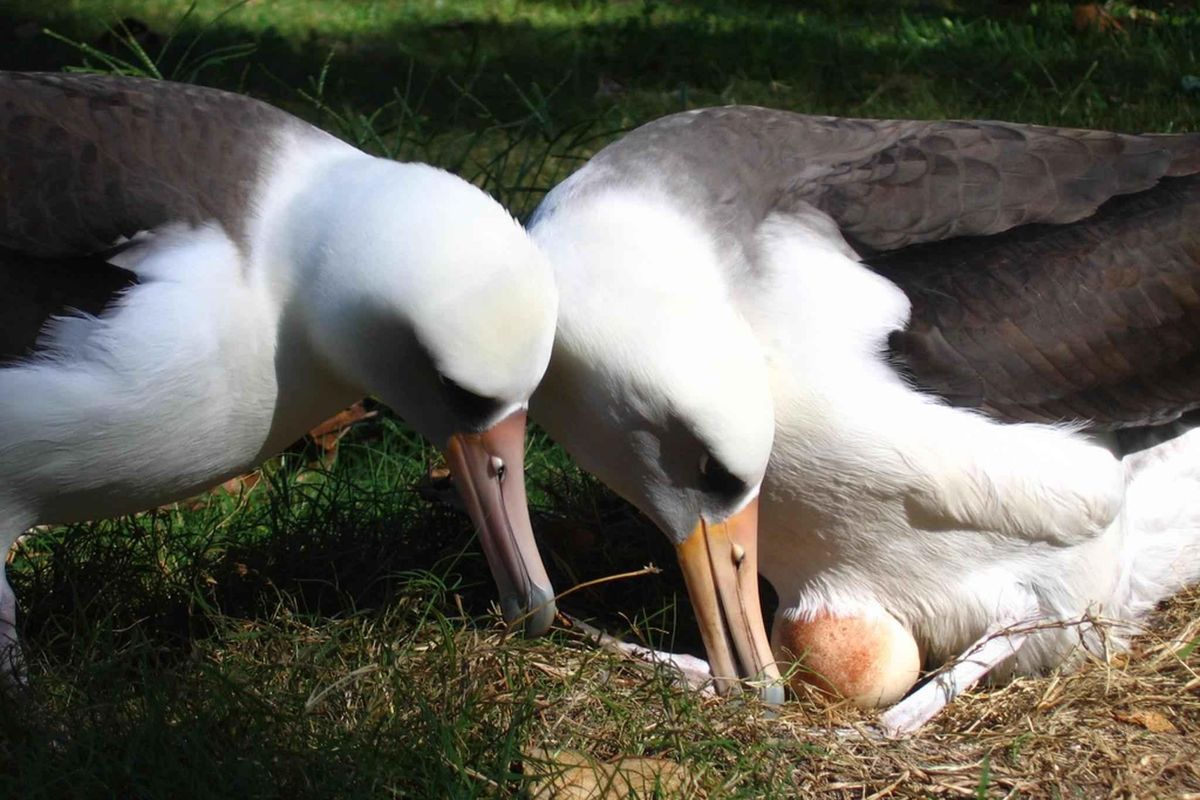
"Al." "Al."
Photo by Patte David/U.S. Fish and Wildlife Service/Public Domain Images.
Some female albatrosses mate in female-female pairs, often for life.
(Side note: All male albatrosses are named Al Batross. Every single one of them. That's a proven fact).
14. Banana slugs
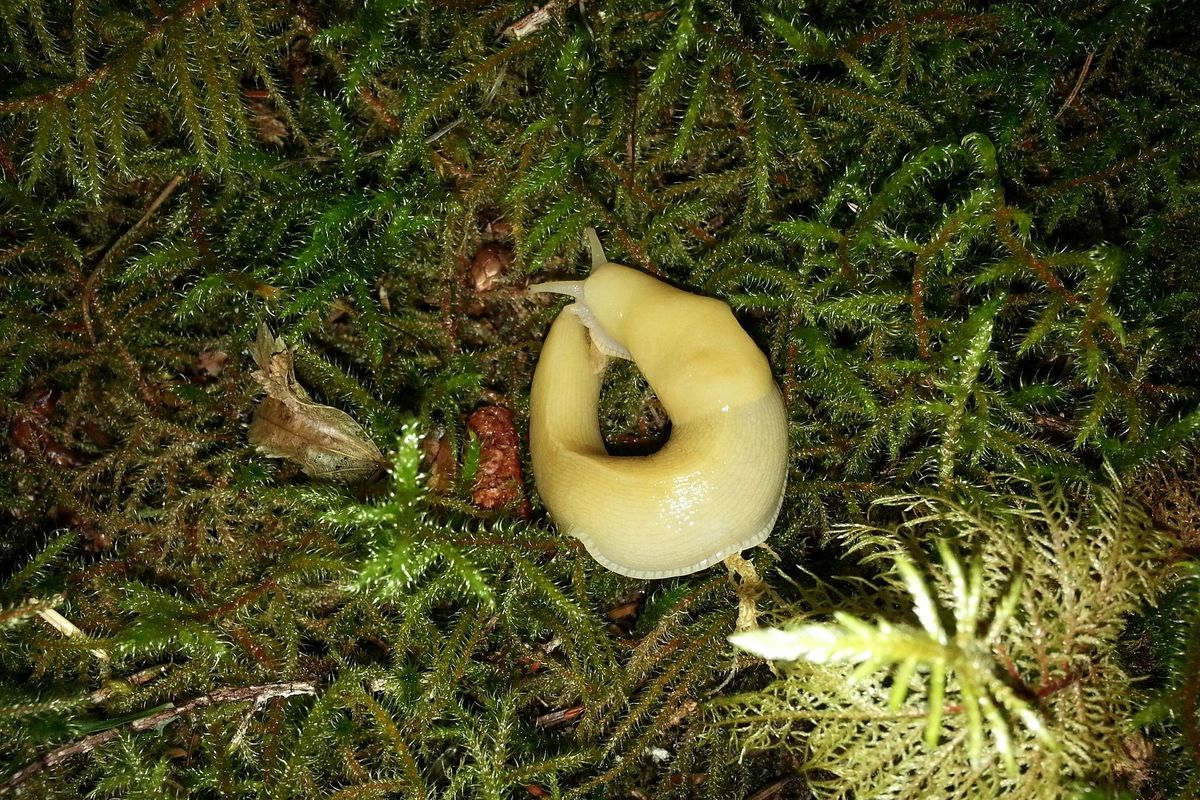
"When I think about you..."
Image via Pixabay.
A hermaphroditic species, banana slugs have both male and female sex organs and occasionally mate with themselves.
Though banana slugs do seem to prefer mating with other slugs, doing so typically ends with one slug chewing the other's penis off, because nature is a cavalcade of endless, random horror.
15. Orcas

"You have to hit the home button twice, grandma."
Photo by Mike Doherty on UnsplashKiller whales live in matriarchal pods, and female whales are more likely to take charge of the group than their male peers.
The oldest female whales are often the go-to source for information about where to find food, and in exchange for keeping the whole family alive, the younger whales patiently show them time and again how to use the iPad.
16. Emperor penguins
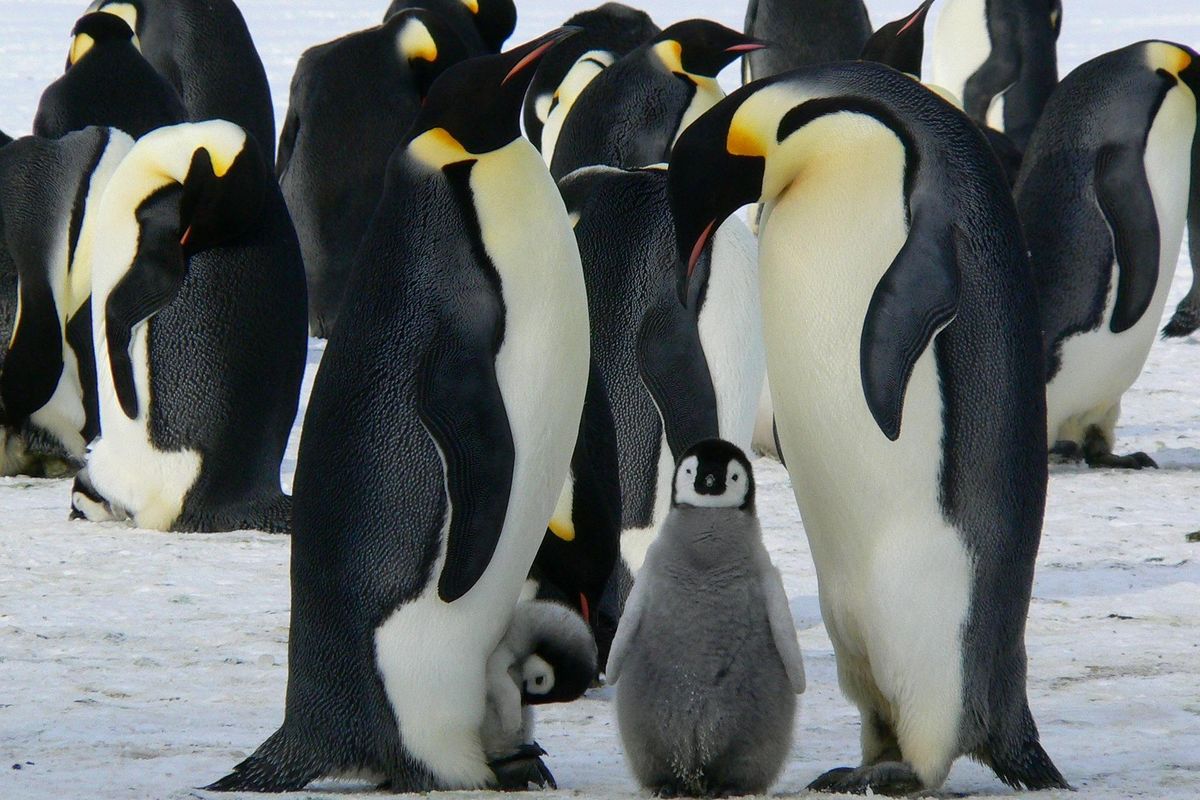
"Where is that voice coming from?"
Photo via Pixabay.
Anyone who's seen "March of the Penguins" knows that male emperor penguins guard their eggs tightly, perilously balancing them on their feet while their female companions go off to do traditional woman stuff like trekking across the Antarctic tundra, diving for food in the freezing cold ocean, and pleading with Morgan Freeman to shut the hell up so they can focus on not being eaten by seals for like five goddamn seconds.
17. Bonobos
genetics, sex, apes, animal kingdom

"Mmmmmm. Yeah. Mmmmm. All right. Yeah." — Bonobos, all the time.
Photo by Sean Foster on UnsplashThe female-led bonobos have invented perhaps the most ingenious way of preventing intra-species violence in the entire animal kingdom. Basically, everyone just has sex with everyone else — males with females, females with females, males with males, in pretty much every kind of way imaginable.
The near-constant hetero-homo-orgiastic delight that results pretty much prevents anyone from being mad at anyone ever and unites the species around the common goal of being the best apes ever invented.
We share about 99% of our DNA with bonobos.
- I spent my life trying to defy race and gender stereotypes. Here's why I stopped. ›
- Kids' minds are blown in a PSA designed to change the idea that jobs are tied to gender. ›
- How an ancient city in Illinois is making us rethink gender roles. ›
- Fiona, the 'world's loneliest sheep," saved by five farmers - Upworthy ›
- Someone filmed young boys and girls left unsupervised for 5 days - Upworthy ›
- Dad has badass response to his young son bullied for wearing pink - Upworthy ›

